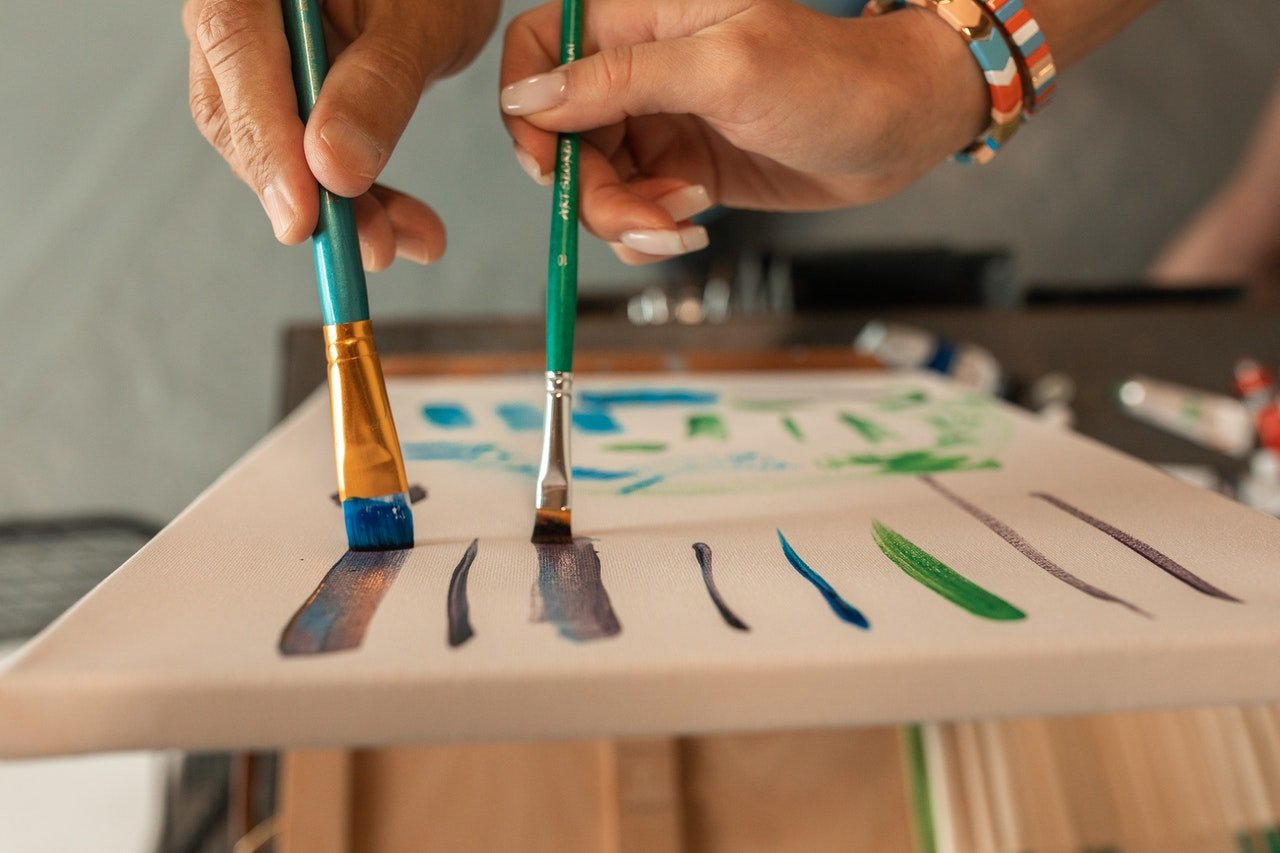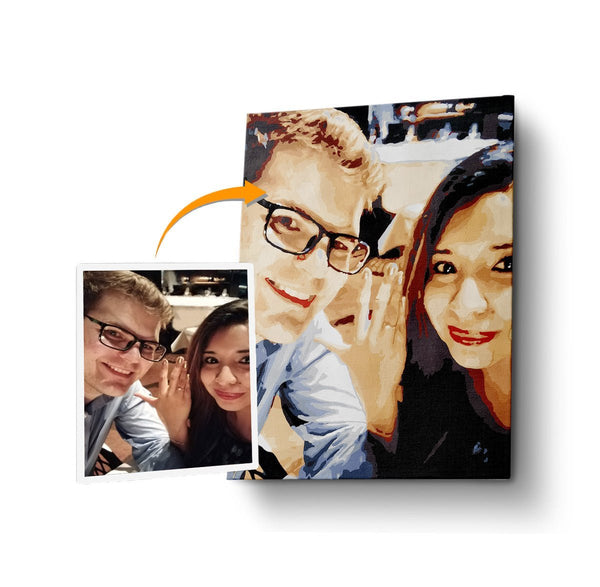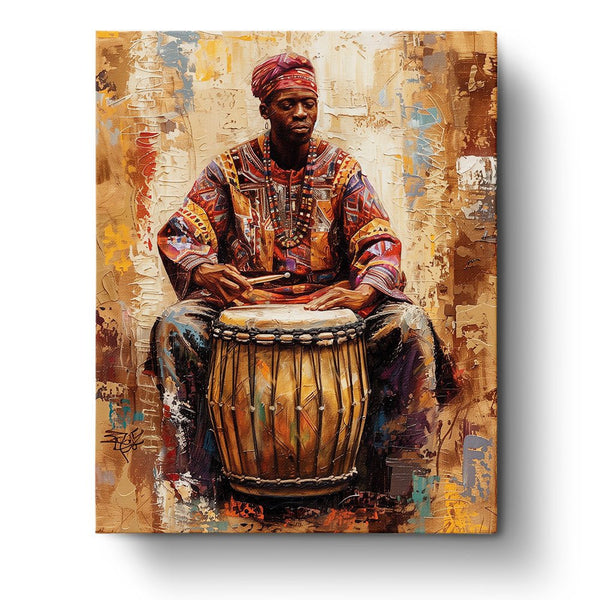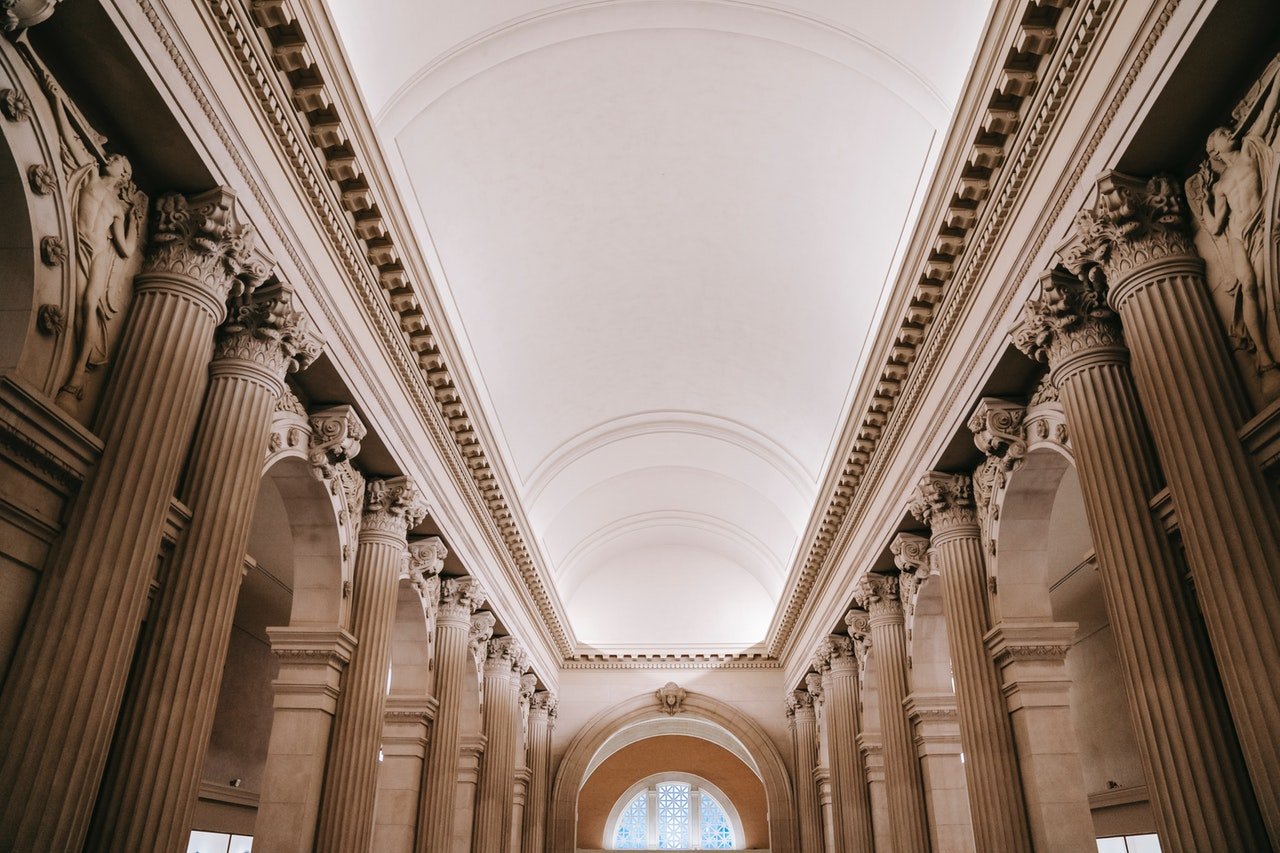
Art 101: What Is Value In Art?
When we discuss art, some people become worried that there isn’t a lot of value when you are trying to sell it. There are ways to help determine the value, which is something to consider. In this article, we answer the question, “what is value in art?”

When it comes to value in life, we often think about it in a subjective manner, which is applicable for philosophy, economic value, and even concerns regarding aesthetics. However, in this article, we’re going to talk about the technical manner of adding value to the art.
Some variables in the art are important, and value is considered to be one of the most important variables. For beginners, adding value to art is important if you want to add more highlights and shadows in the picture.
This is a great way to make your paintings more realistic and if you’re new to painting, adding value to art is going to change the way people perceive your painting. However, not everyone gets it right the first time.
In this article, we discuss the question, “what is value in art?” and why you should add value to the art. Though it may seem difficult at first, we think you have potential when you understand the different variables that art is composed of.
Let us know what you think of painting techniques and which variable is your favorite. With that, we hope you learn more about adding value to the painting.
What Are Art Elements?

Before we get into the value of art, let’s talk about art elements. These are elements that help compose art as a whole, which we think would help you find out how to make your art look better while you’re a beginner. Here are the different elements of art:
-
Texture: Texture is the element of art that is involved in how the object feels or looks. The texture is more for visual artworks, and you can also find it in art mediums like oil painting, or other forms of art like sculpting and carving.
-
Space: This refers to any area that is created by an artist. There are two aspects when it comes to space: positive and negative space. Positive space is referred to as the space taken up by the image, while negative space is for the spaces between the images.
-
Form: When a shape has depth and dimension added to it, it takes form. In this case, this element is more applicable for art mediums like sculpture, metalwork, or wood carving.
-
Shape: When two lines are closed, it becomes a shape. Any image can become a series of shapes, and you use several shapes to become an overall image.
-
Color: There are three different aspects when it comes to color– intensity, hue, and value. Intensity refers to how vivid these colors are, hue refers to the different colors used, and value refers to the lighting of your colors.
-
Lines: Lines refer to a point from one space to another, and oftentimes, the length is greater than the width. These are the foundations of drawings and shapes.
- Value: Last but not least we have value. It is a branch of color, and we think you would like to know more about it.
What Is Value In Art?

Now that we’ve covered the different elements in art, let’s talk about value in art. As we mentioned, value is one of the components of colors. In this case, values refer to the lightness and darkness of a color. The lightest color is white, and the darkest color is black. The values in between the light and the dark are called contrast, and there are different shades in between.
Key Takeaways

Now that we’ve discussed the value of art, we hope that you’re able to know more about how to get the best value for your colors. Some artists learn about values early on, but others take a more wild route when it comes to how they go about colors.
We know that painting can be difficult if you’re not used to the different art elements, but we think you’ll learn quickly when you know more about them. With that, we hope that you get into these art elements and explore which of them are helpful when you create art.





